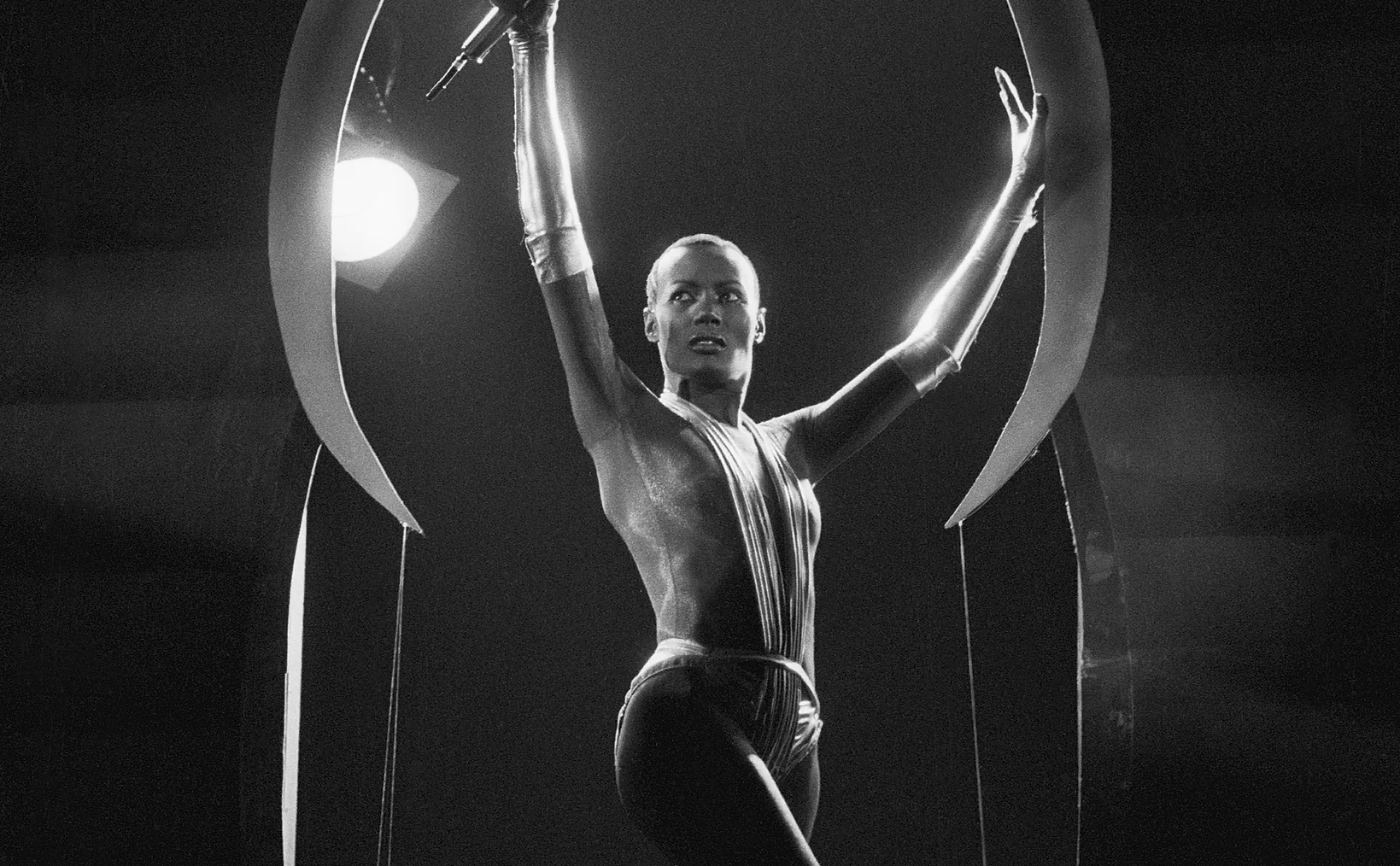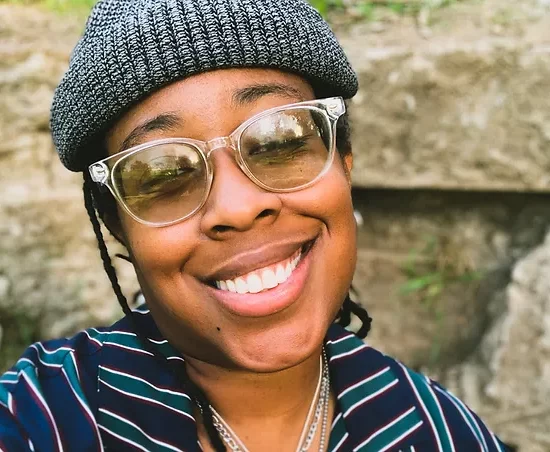Photo by Bettmann Collection/Getty Images
A few months ago, FX’s Pose aired its series finale. The show has thoughtfully showcased the stories of Black and Brown queer and trans folx of the ’80s and ’90s, and in doing so, has painted a vivid picture of that time.
One scene in particular serves to capture the zeitgeist. The sixth episode of the first season, titled “Love Is the Message,” is named after MFSB’s song of the same name. In the episode, Pray Tell requests that the song be played on a loop during several balls. The significance of his choice is later revealed in a conversation with his lover, who is dying of AIDS complications:
I didn’t tell them what it was like in 1980 when we danced all summer to that song. There wasn’t none of this AIDS mess going on. We were truly free. Free to love. Free to fuck. Free to be our gay ass selves in this beautiful shithole of a little town.
What Pray Tell shares with us was the power of disco to alleviate some of the pain that came with being queer and trans in the 1970s. Can you imagine being alive and being asked to hide who you are, how you love others, and how you love yourself, all in exchange for better access to safety and well-being?
Those efforts to hide and suppress oneself negate themselves. It is a dance that leaves an impact that can only be reconciled by freedom, or at least the feeling of it. Disco music provided the soundtrack to a different dance—a dance that wholly embraced the bodies of those at the margins, even if momentarily.
Black and Queer at the Disco
Disco music as a genre was the perfect soundtrack for queer bars and clubs during its time. For many Black queer and trans people who felt alienated from the Black church, discos were spaces of freedom and acceptance. As likened by Dr. Kai M. Green, disco, with its underlying gospel influences, powerfully combined the secular and the sacred.
The commercialization of disco centered on whiteness and produced pop culture institutions like 1977’s famed Saturday Night Fever. By then disco had been turned into a cash machine for record companies and pop culture conglomerates alike. Yet, even in its fervent whitewashing, disco remained a sonic and social environment for folx at the margins.
Artists like Sylvester, the unsung original Queen of Disco, maintained disco’s queerness. Sylvester is seen in this photograph receiving the RIAA Gold record for Step II, with Martha Wash and Izora Rhodes (Armstead), the 2 Tons O’ Fun.

Photo by Michael Ochs/Michael Ochs Archives/Getty Images
Other artists like Grace Jones, Nile Rodgers, and others helped disco remain the haven for queers of color that it set out to be. Nightlife scenes have been an important part of queer and trans modern life. We can look back to Jewel’s Catch One in Los Angeles, for example, as a landmark disco for Black queers in the 70s.
In this photograph, the androgynous fashion model and disco singer Jones, 24, entertained an elite crowd of 2,000 at New York’s Studio 54 during a New Year’s Eve bash in 1978.
For those who didn’t find any fun and refuge in the genre, commercial or otherwise, it represented a threat to the alleged values of America.

Photo by Bettmann Collection/Getty Images
Disco Never Died
On July 12th, 1979, Steve Dahl, a Chicago shock jock DJ on WLUP, hosted what would be called “Disco Demolition Night” during a Chicago White Sox and Detroit Tigers doubleheader. The price of admission? 98 cents and a disco record to demolish during the break.
In between the doubleheader, Dahl blew up thousands of disco records brought by attendees in center field at Comiskey Park. Though this event was intended to be a shock-value attempt at increased game attendance, the narrative of disco being dead propelled through media.
The truth is disco never died.

Photo by Bettmann Collection/Getty Images
The showy nature of Disco Demolition Night made disco feel undesirable and threatened the then-booming market of disco. However, the culture of disco, rooted in the expressed liberation of Black and Brown queer folks, never disappeared, though it might have changed clothes to become house music.
We can thank queer pioneers like DJ Frankie Knuckles, Larry Levan, and DJ Ron Hardy who, from the roots of disco, created house music that still plays in clubs and bars all over. Keep listening to disco. Continue getting free.

Listen to the author:
Learn more:
Kai M. Green. “Catching the Incurable Contagion: Black Los Angeles’ Disco Queers,” http://www.kcet.org/arts/artbound/ May 20. http://www.kcet.org/arts/artbound/counties/los-angeles/los-angeles-disco-queers.html





